Thermal imaging technology is transforming how we perceive the world. This fascinating field enables us to see heat emitted by objects, revealing details invisible to the naked eye. Its applications span industries like construction, healthcare, and consumer electronics, offering practical solutions to modern challenges. In this blog, we’ll explore the fundamentals of thermal imaging and its diverse uses.
Thermal imaging is a technique that detects infrared radiation (heat) and converts it into a visual image. All objects emit infrared radiation, but the intensity varies with temperature. Thermal cameras capture this radiation and translate it into a detailed thermal map, where different colors represent varying temperatures. This allows users to identify heat patterns and anomalies effectively.

How Does Thermal Imaging Work?
Thermal cameras rely on sensors to detect infrared radiation. These sensors are part of a system called a thermal imaging sensor module. They collect infrared light and process it into electrical signals, which are then transformed into a visual representation by specialized software. This process involves three main components:
1. Infrared Lens: Focuses the infrared radiation onto the sensor.
2. Detector: Captures the focused radiation and converts it into an electrical signal.
3. Processing Unit: Translates the signal into a color-coded image for easy interpretation.
Thermal imaging sensors are typically categorized by their wavelength sensitivity, such as long-wave infrared (LWIR) sensors, which excel in detecting heat at room temperature and above.

Applications of Thermal Imaging
Thermal imaging has a wide range of applications, making it an indispensable tool in various fields:
1. Construction and Home Inspection
Thermal cameras help identify issues like insulation gaps, water leaks, and electrical faults. By visualizing heat patterns, they provide a non-invasive way to diagnose problems and ensure energy efficiency.
2. Healthcare and Diagnostics
In medical diagnostics, thermal imaging is used to detect abnormalities such as inflammation and circulatory issues. Its non-contact nature makes it ideal for patient safety and comfort.
3. Consumer Electronics
Thermal imaging cameras are increasingly integrated into smartphones, providing users with an affordable and versatile tool. These devices can detect heat leaks at home, locate pets in the dark, or assist in professional tasks like electrical inspections.
4. Industrial Maintenance
Industries use thermal imaging for predictive maintenance, identifying overheating machinery or electrical systems before failures occur. This reduces downtime and ensures operational safety.

Why Choose a Thermal Camera for Smartphones?
Thermal cameras designed for smartphones offer an economical yet powerful solution for various tasks. Their compact design and portability make them suitable for daily use and specialized applications. From identifying insulation gaps at home to detecting electrical faults on a job site, these devices bridge the gap between professional-grade tools and accessible technology for consumers.
Advantages of Thermal Imaging Technology
1. Non-Invasive Analysis: Thermal imaging enables inspections without physical contact, preserving the integrity of objects or environments.
2. Enhanced Safety: It allows for safe detection of hazards like electrical faults or hot surfaces.
3. Real-Time Results: Thermal imaging provides instant visual feedback, enabling quick decision-making.
4. Versatility: From home improvement to industrial inspections, thermal imaging adapts to diverse needs.
Key Considerations When Choosing a Thermal Camera
When selecting a thermal camera, consider the following factors:
● Resolution: Higher resolutions provide clearer images and better accuracy.
● Sensitivity: A camera with high thermal sensitivity can detect minor temperature differences.
● Portability: Compact and lightweight models, including smartphone-compatible options, offer greater flexibility.
● Software Features: Advanced analysis tools and reporting capabilities can enhance usability.

Final Thoughts
Thermal imaging technology has evolved into a vital tool across industries and personal applications. With accessible options like smartphone thermal cameras, this technology is no longer confined to specialists. By understanding its basics, you can harness its potential for your needs, whether at home or work.


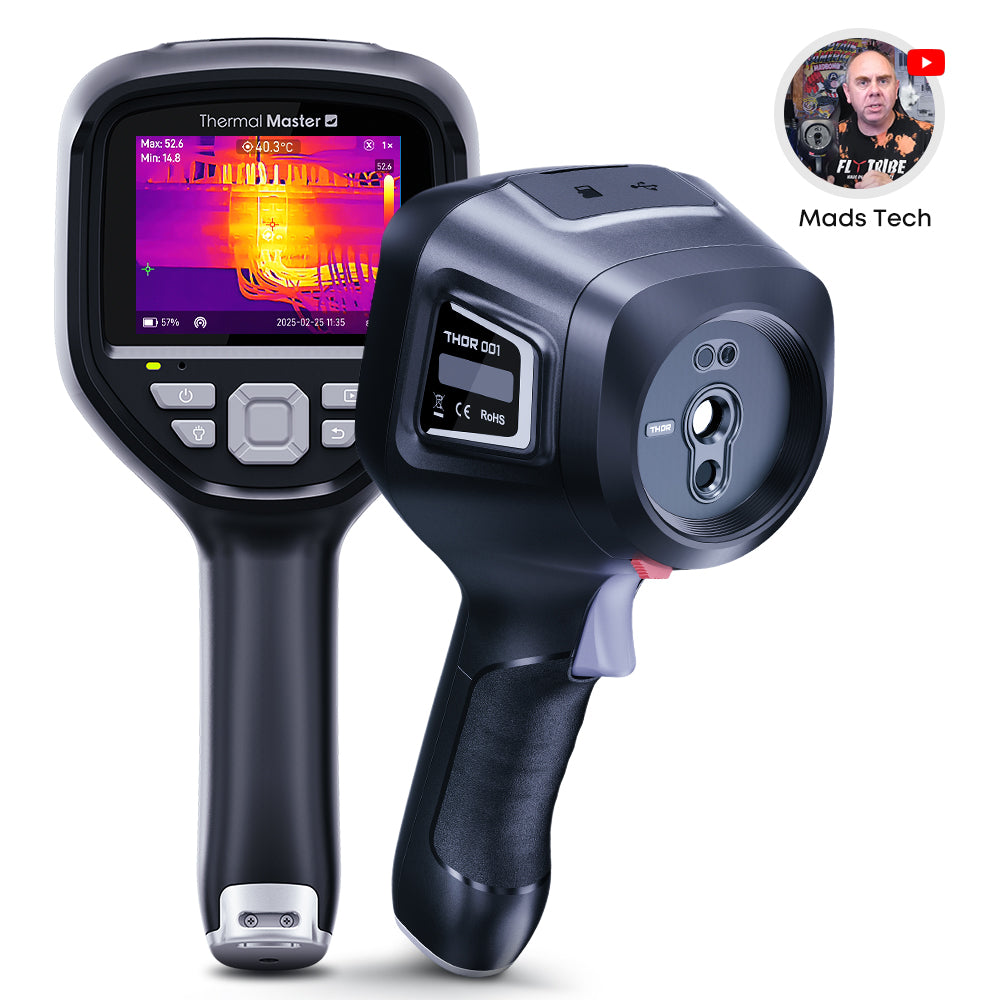

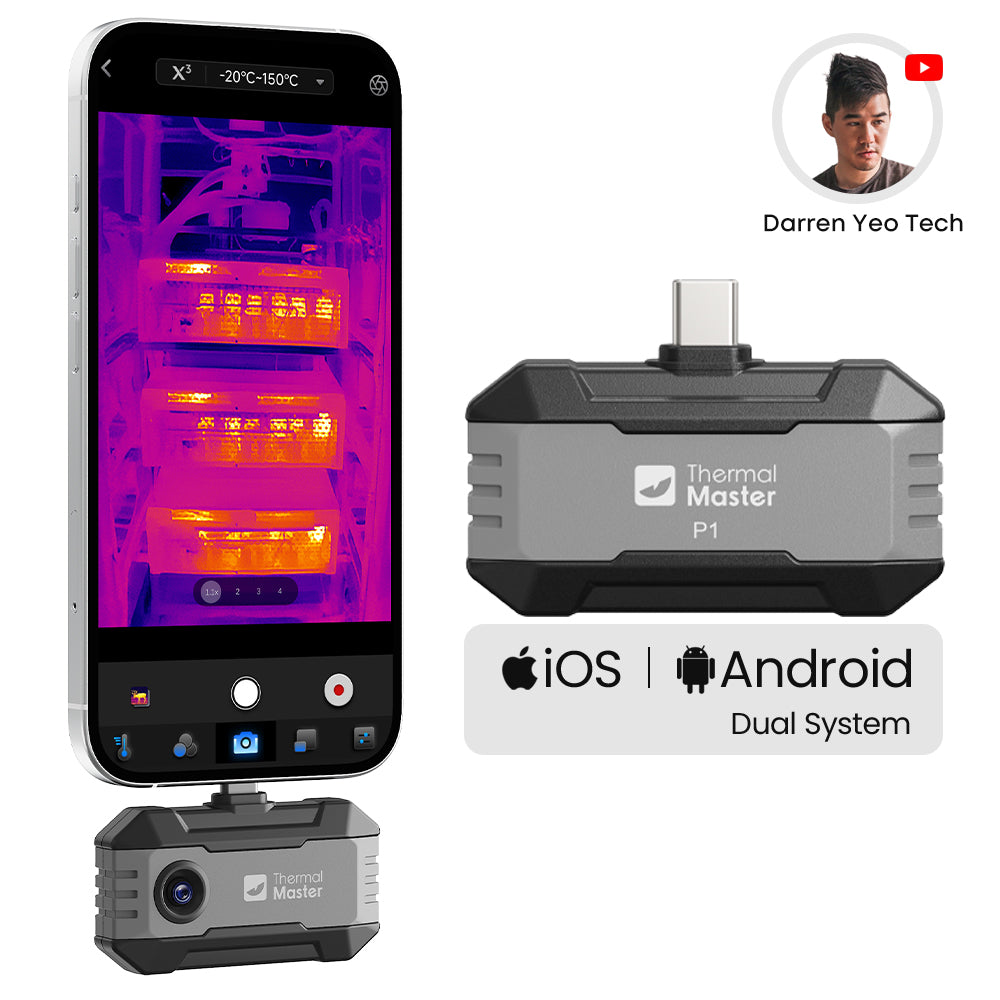
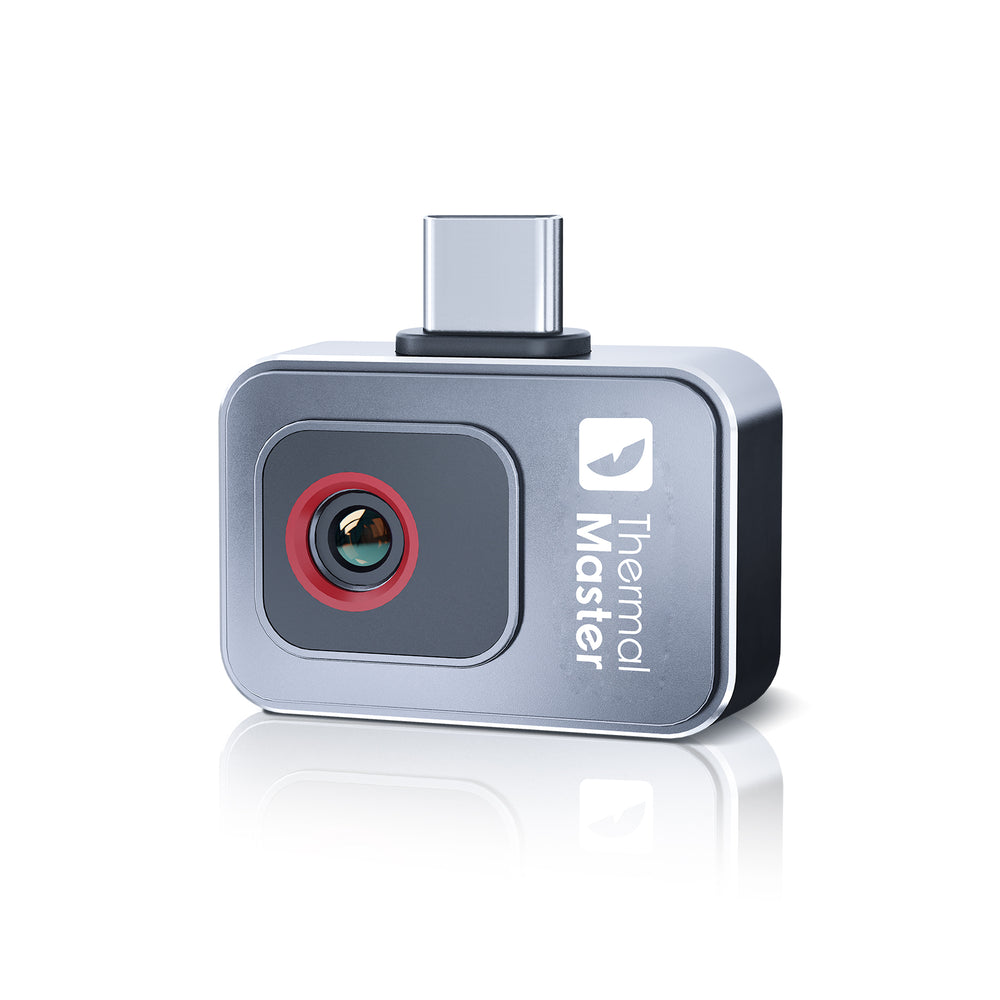
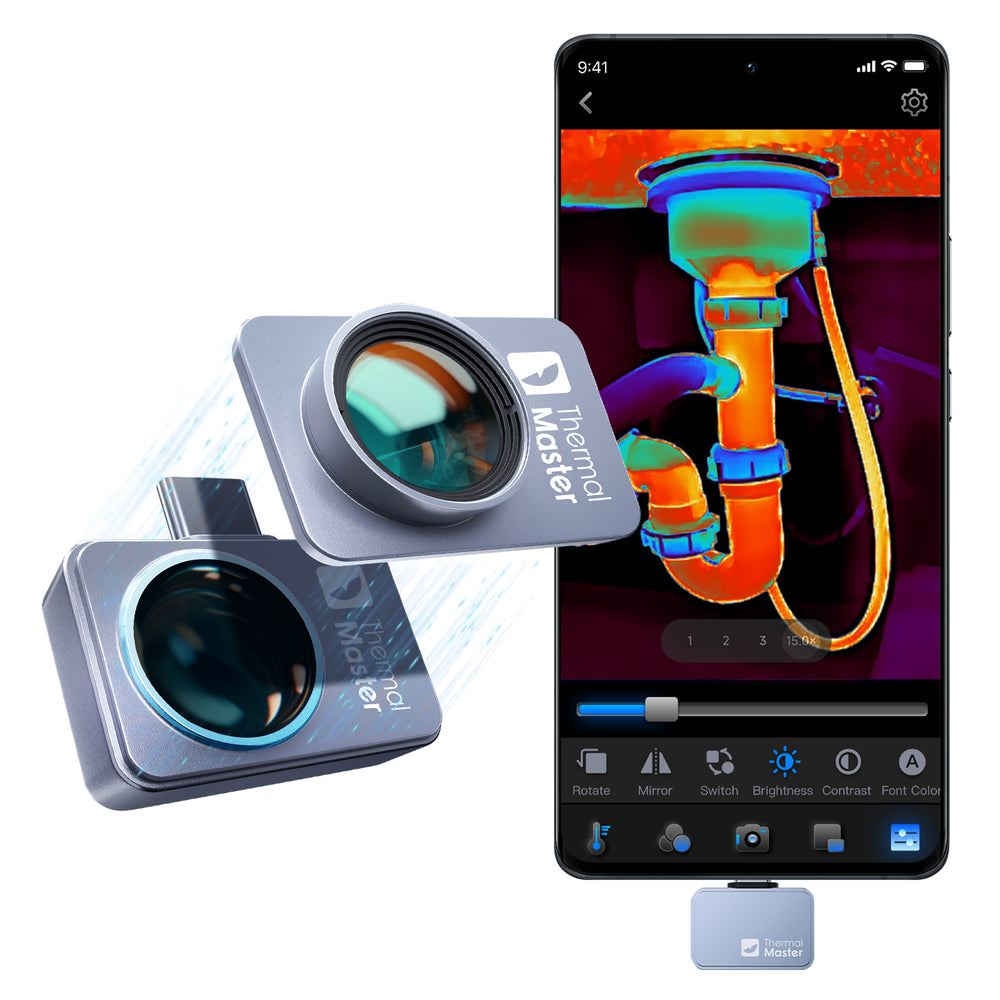
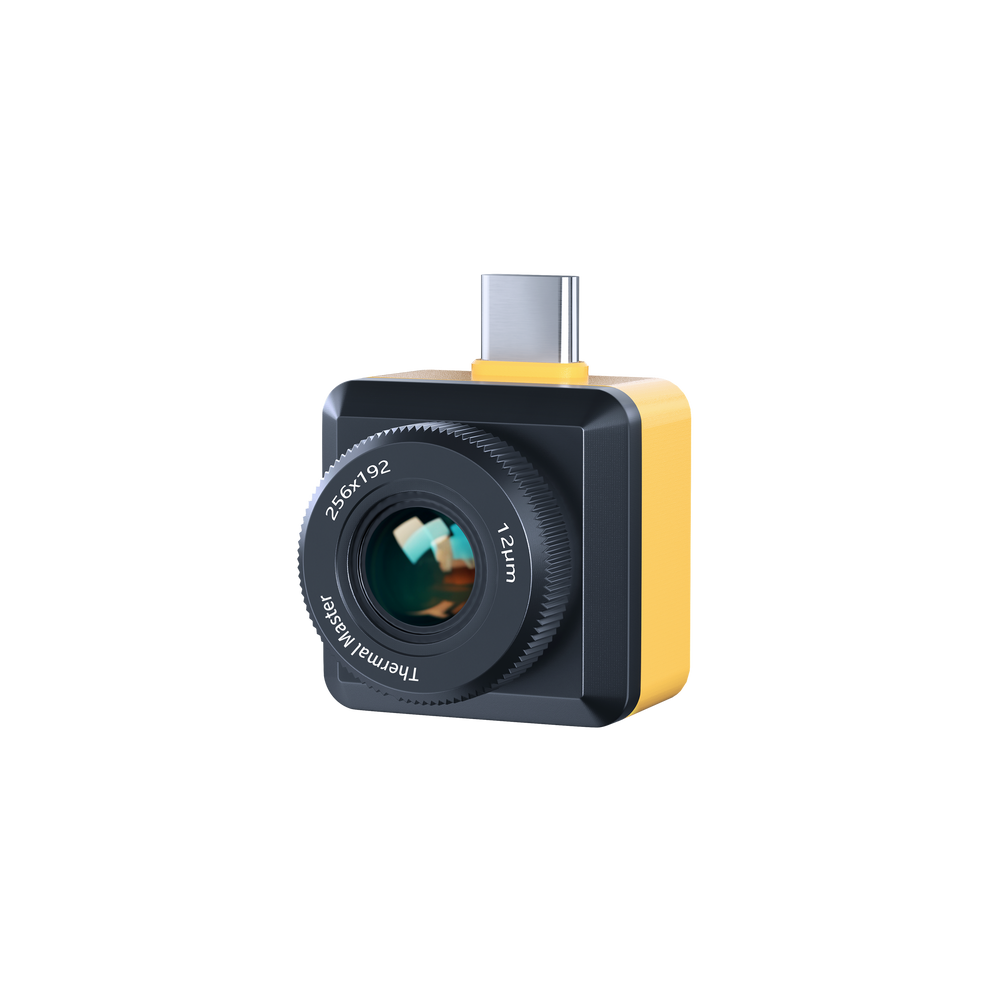
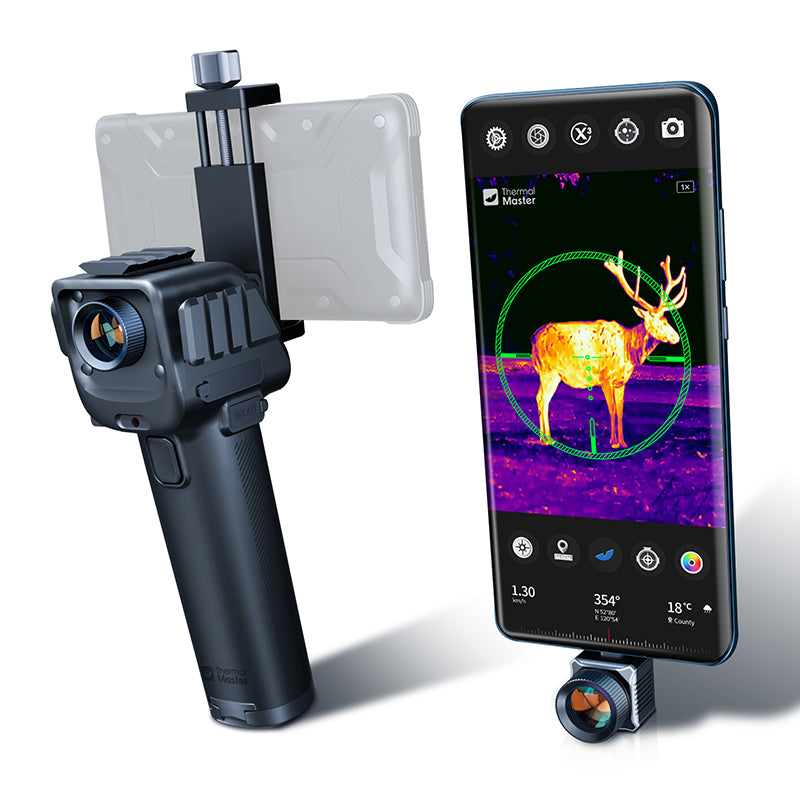
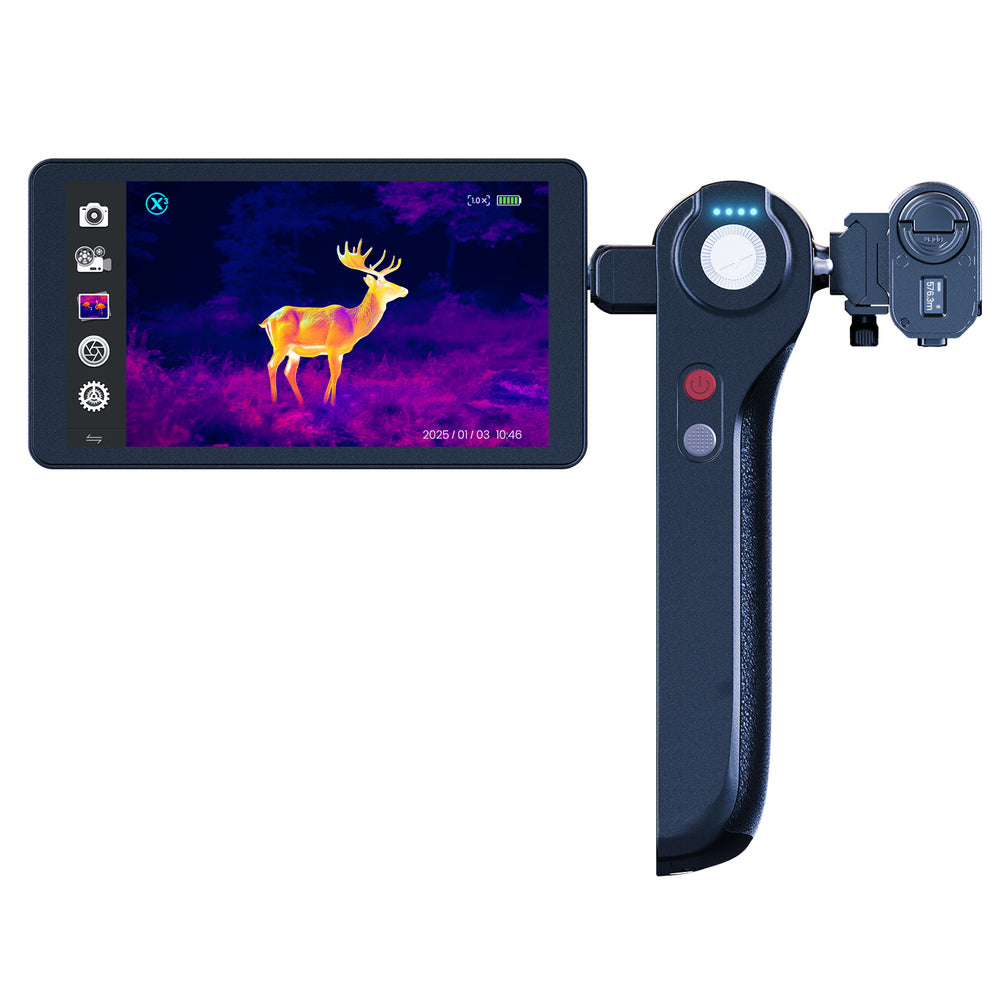
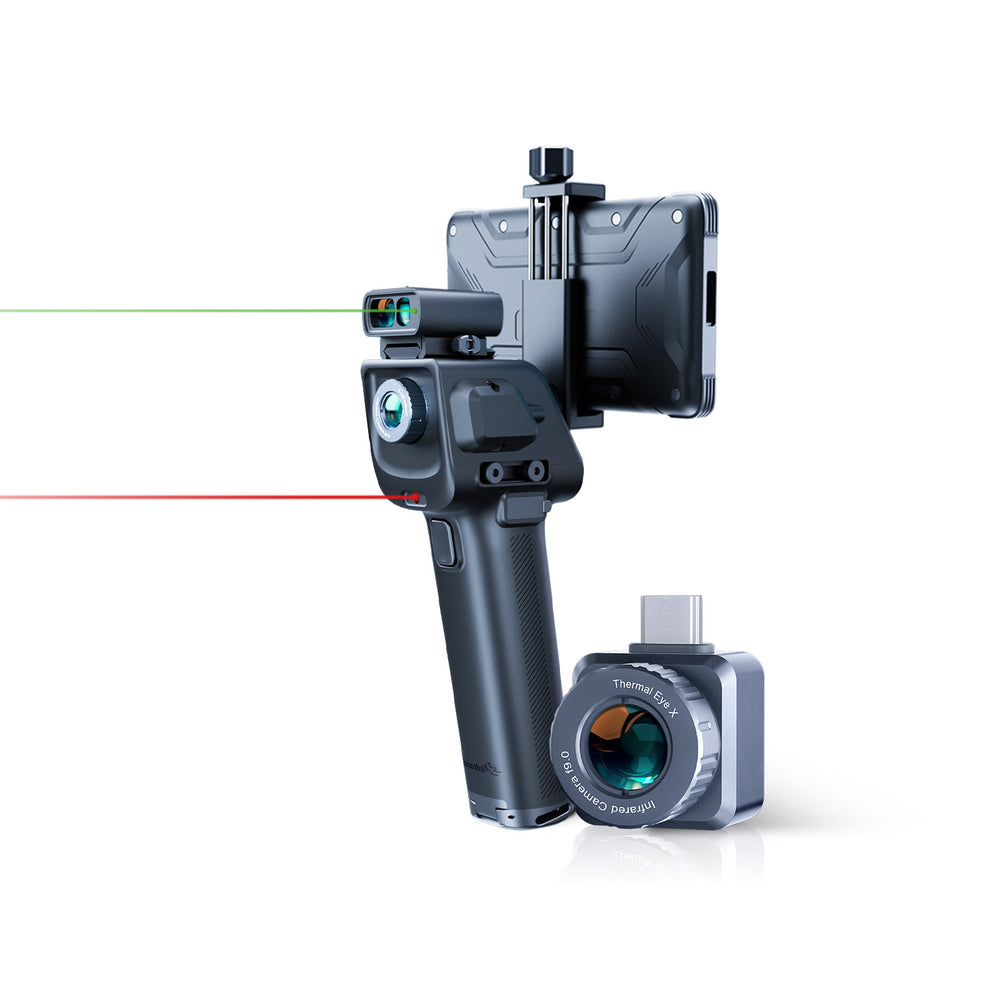
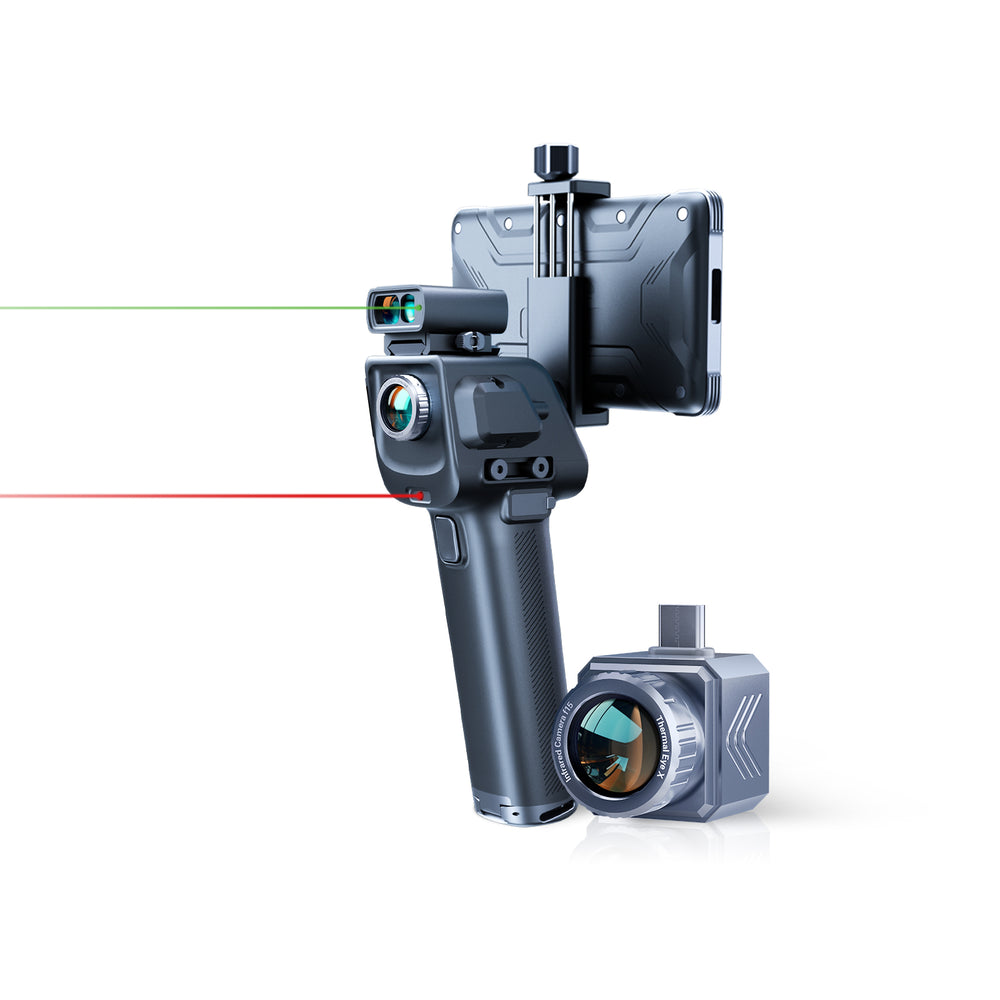
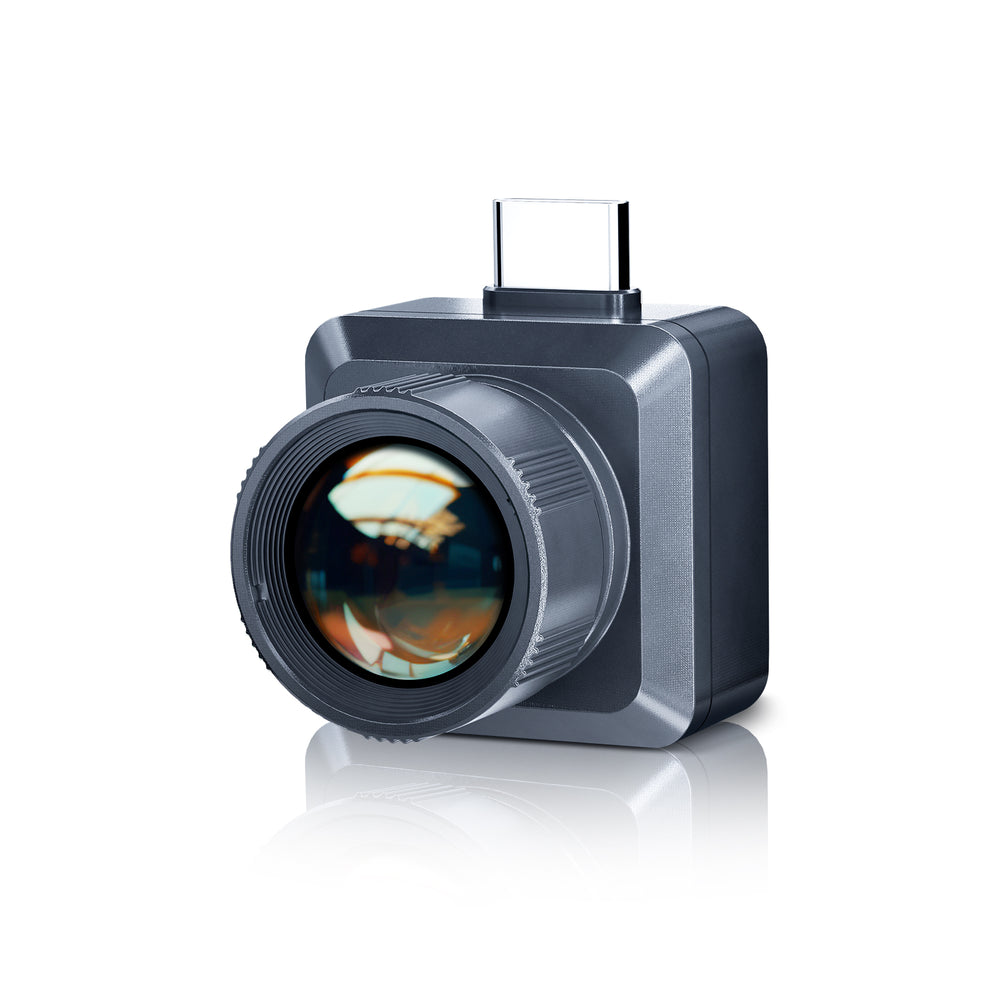
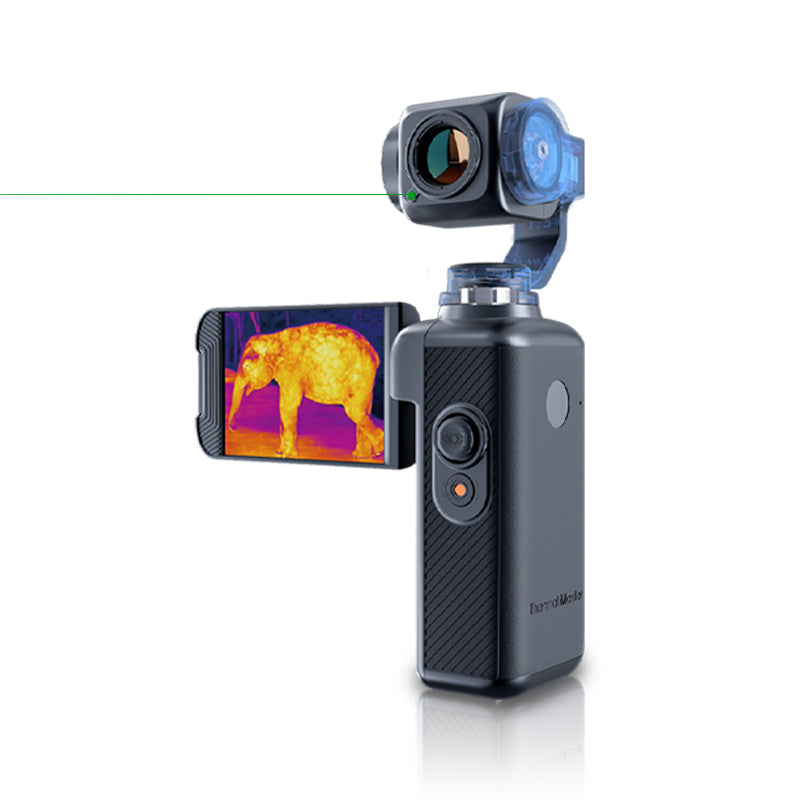
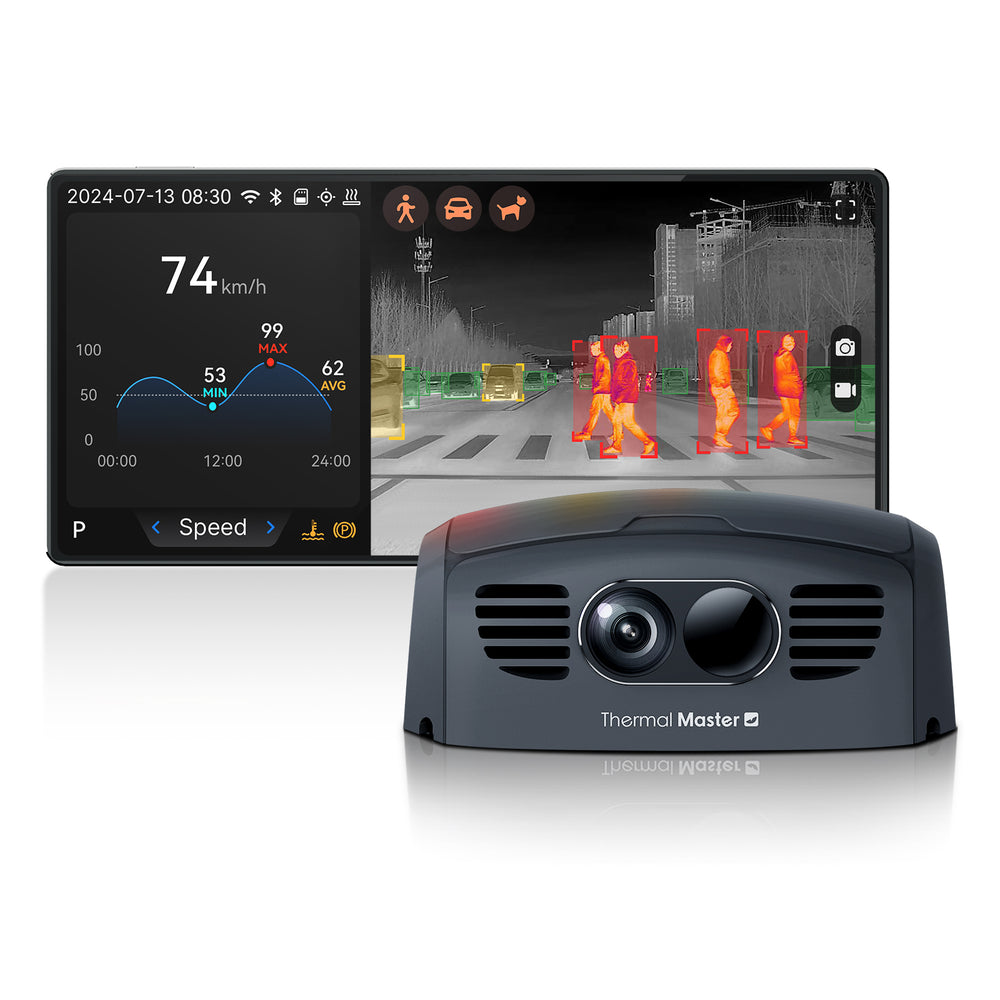
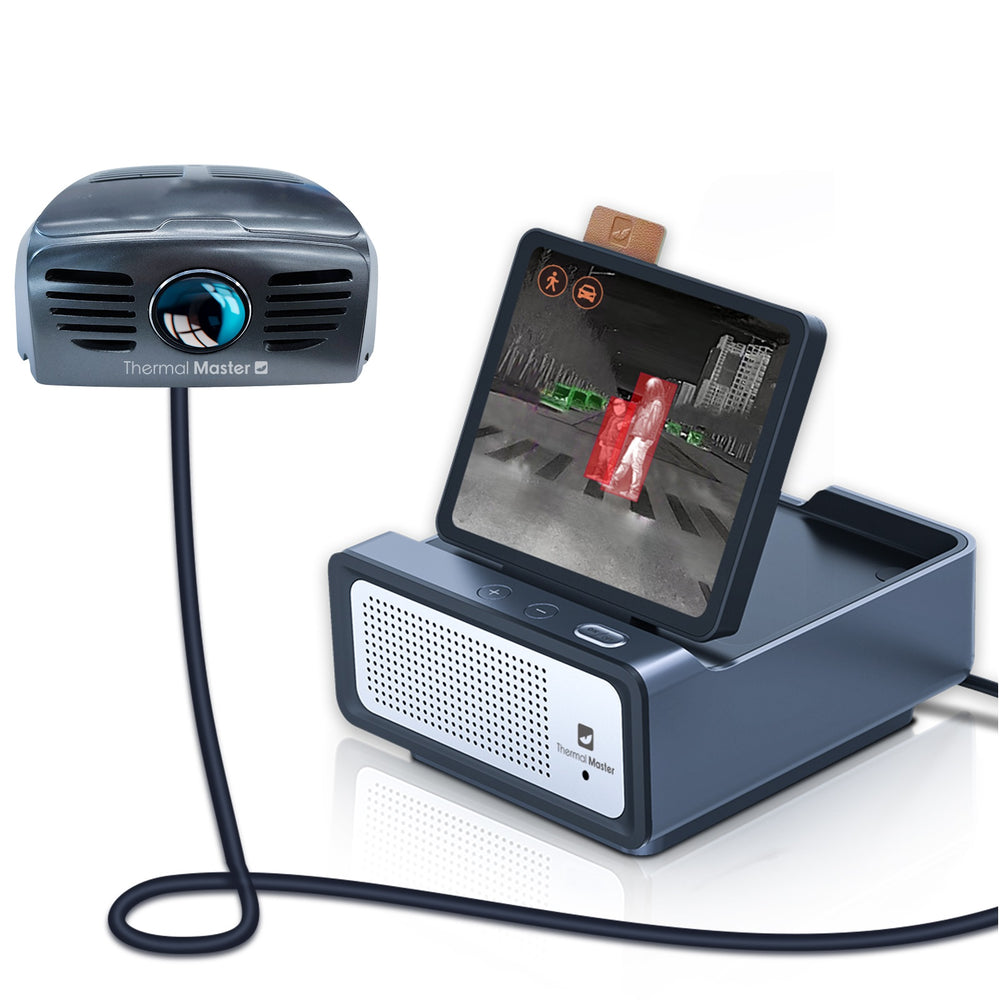
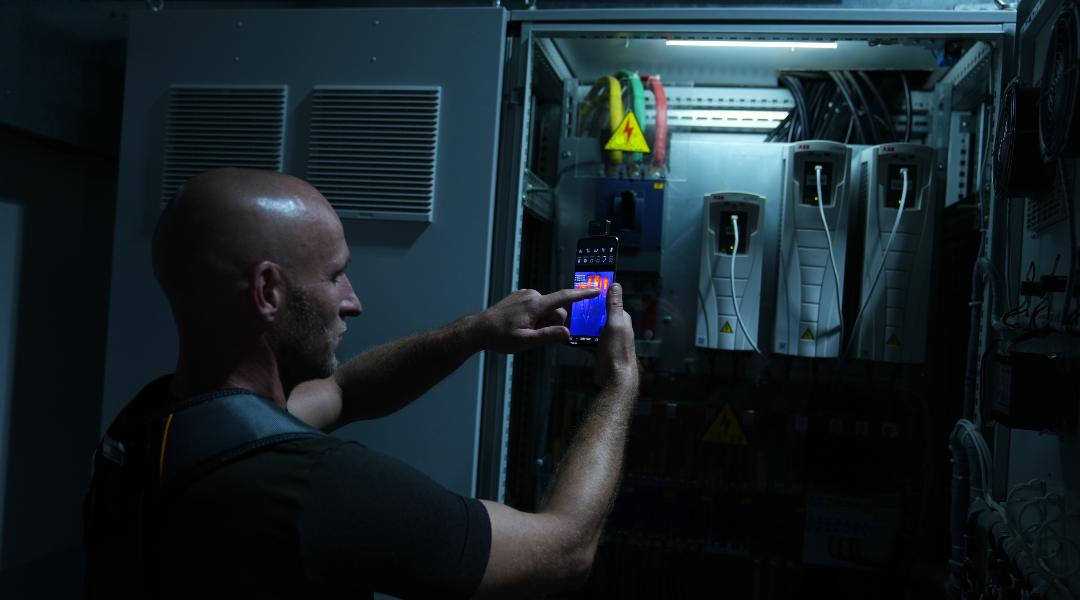
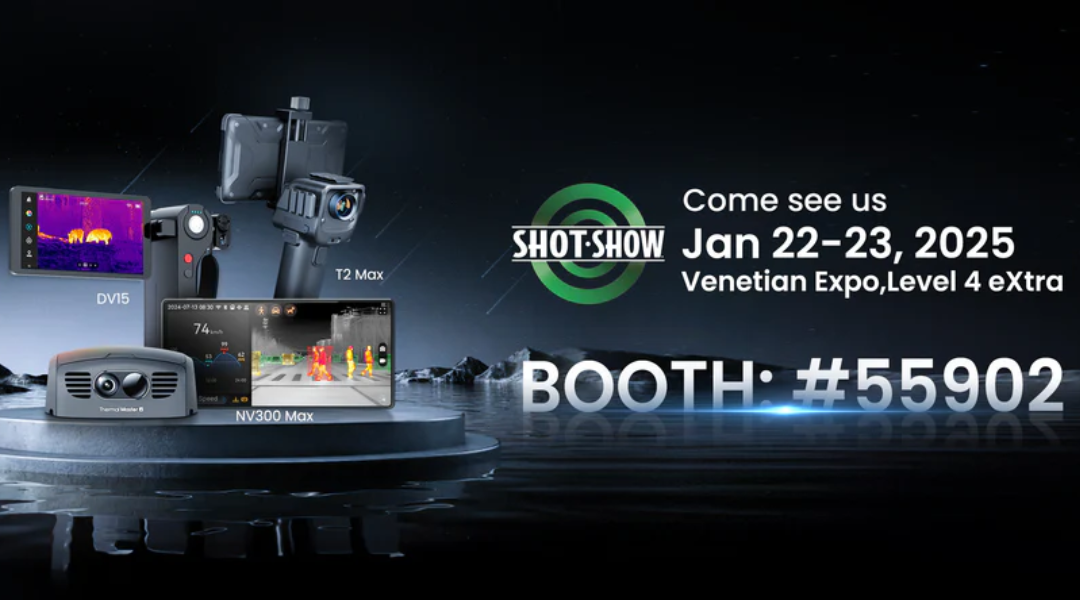
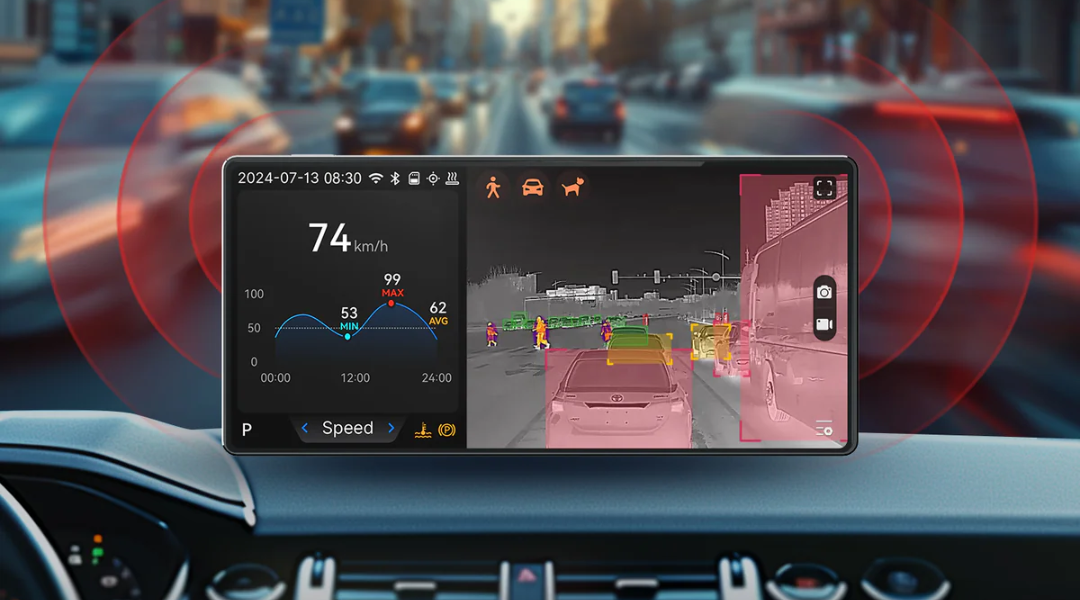
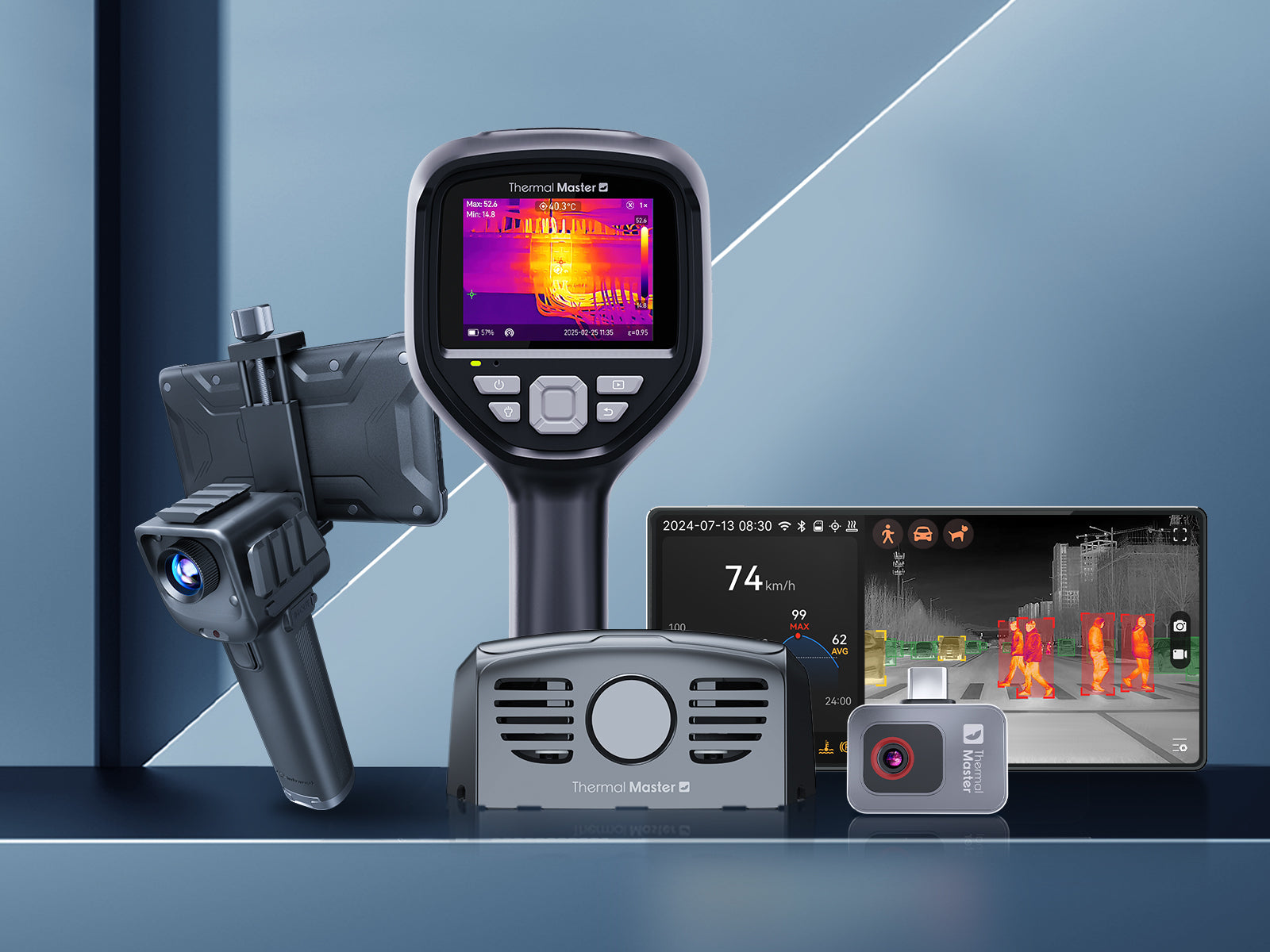
Leave a comment
All comments are moderated before being published.
This site is protected by hCaptcha and the hCaptcha Privacy Policy and Terms of Service apply.